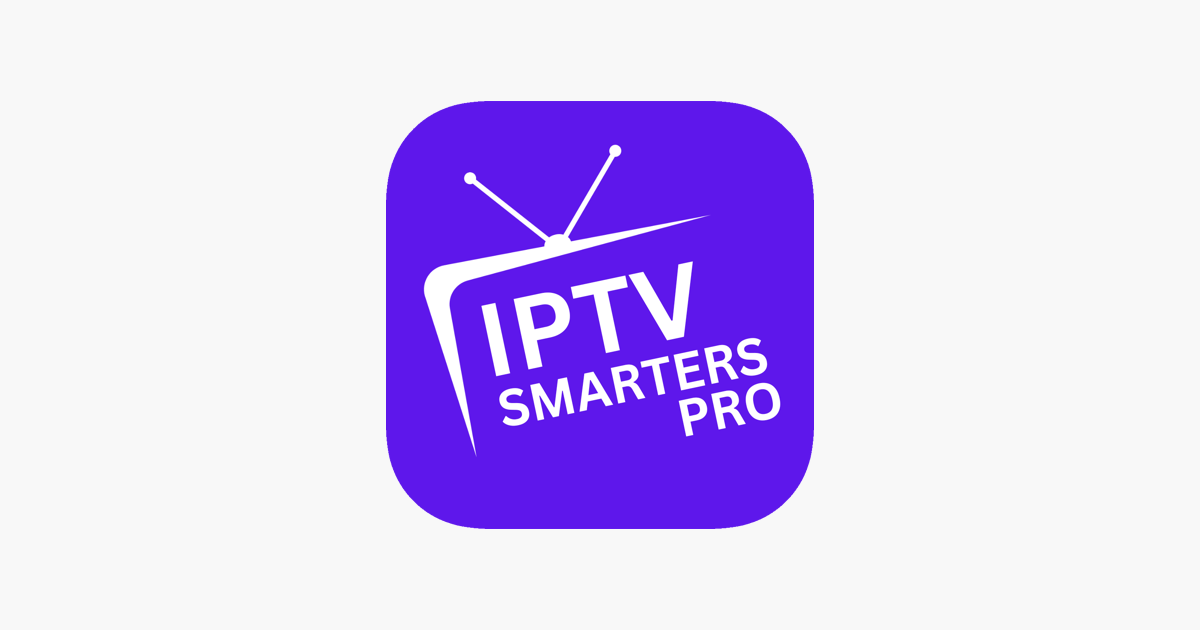Si vous êtes un passionné de télévision en ligne, vous avez probablement déjà entendu parler de l’IPTV (Télévision par protocole Internet). De plus en plus populaire, l’IPTV offre une alternative flexible et abordable à la télévision traditionnelle. Mais derrière l’apparente simplicité de l’IPTV, il y a des technologies puissantes qui rendent tout cela possible. Parmi […]
IPTV Smarters Pro Bug à l’Étranger – Comment le Résoudre et Profiter de Vos Chaînes Où Que Vous Soyez
IPTV Smarters Pro bug a l etranger ? Vous êtes à l’étranger, vous lancez votre appli IPTV Smarters Pro avec l’envie de regarder vos chaînes préférées… et là, patatras : écran noir, chargement infini, ou pire, un message d’erreur du type « URL invalide ». Si cela vous parle, rassurez-vous, vous n’êtes pas seul. Chez […]
Apollo Group TV App – The Ultimate Streaming Companion
If you’re like me and you’ve ditched cable for good, you’ve probably tried your fair share of streaming apps—some awesome, some not so much. One name that keeps popping up in the IPTV space is the Apollo Group TV App. Whether you’re a die-hard sports fan, a binge-watcher, or just someone who wants high-quality TV […]
La Télévision IP : Tout ce que Vous Devez Savoir pour Passer à la TV Nouvelle Génération
Bienvenue chez IPTV Trends – votre guide numéro un pour tout ce qui touche à la télévision sur IP nouvelle génération. Si vous en avez marre des grilles de programmes rigides, des bouquets trop chers et des chaînes que vous ne regardez jamais… vous êtes au bon endroit. Aujourd’hui, on va plonger dans le monde […]
📺 PBS Iowa – Everything You Need to Know to Watch It via IPTV Trends
If you’ve ever found yourself scrolling through streaming services looking for something wholesome, educational, and deeply rooted in your community, chances are what you’re really looking for is PBS Iowa. Whether you’re a lifelong Iowan or just someone who appreciates quality public broadcasting, PBS Iowa brings a unique flavor of content that’s both informative and […]
Boitier IPTV Boulanger : Bonne Affaire ou Simple Départ ? Guide Complet 2025
Pourquoi les boîtier IPTV Boulanger sont-ils si populaires ? Ces dernières années, on a assisté à une véritable révolution dans notre manière de consommer la télévision. Fini le temps où on dépendait du câble ou de la TNT avec leur programmation rigide. Aujourd’hui, on veut tout, tout de suite : les films qu’on aime, les […]
How to Choose the Best IPTV Suppliers in 2025: A Complete Buyer’s Guide
In the age of on-demand entertainment, IPTV (Internet Protocol Television) has completely transformed how we watch TV. Gone are the days of clunky satellite dishes and overpriced cable bundles. Now, with just a stable internet connection, you can access thousands of live TV channels, movies, and shows from all over the world. But there’s one […]
PBS Television: Quality, Culture, and How to Stream It with IPTV Trends
In today’s world of streaming overload, finding content that’s truly enriching, family-friendly, and free of excessive ads feels like a small miracle. That’s why PBS Television stands out like a beacon. It’s more than just a TV network—it’s a cultural institution. Whether you’re into gripping PBS television documentaries, award-winning drama, or educational content for your […]
IPTV Smarters Pro PC – The Ultimate Streaming Experience
If you’re like me, you’ve probably tried a dozen different ways to stream your favorite shows, sports, and live channels. Phones are fine, tablets are decent, but there’s nothing quite like sitting back with your PC or laptop and diving into high-quality entertainment on a bigger screen. That’s where IPTV Smarters Pro for PC comes […]
Lite APK: The Smarter Way to Stream IPTV Content on Any Device
Let’s face it—no one likes bloated apps that slow down your device, hog your storage, and crash when you need them the most. That’s where lite apks come in. Whether you’re new to IPTV or a seasoned cord-cutter, liteapks can completely change how you stream. As an IPTV expert and someone who’s tested countless apps […]











